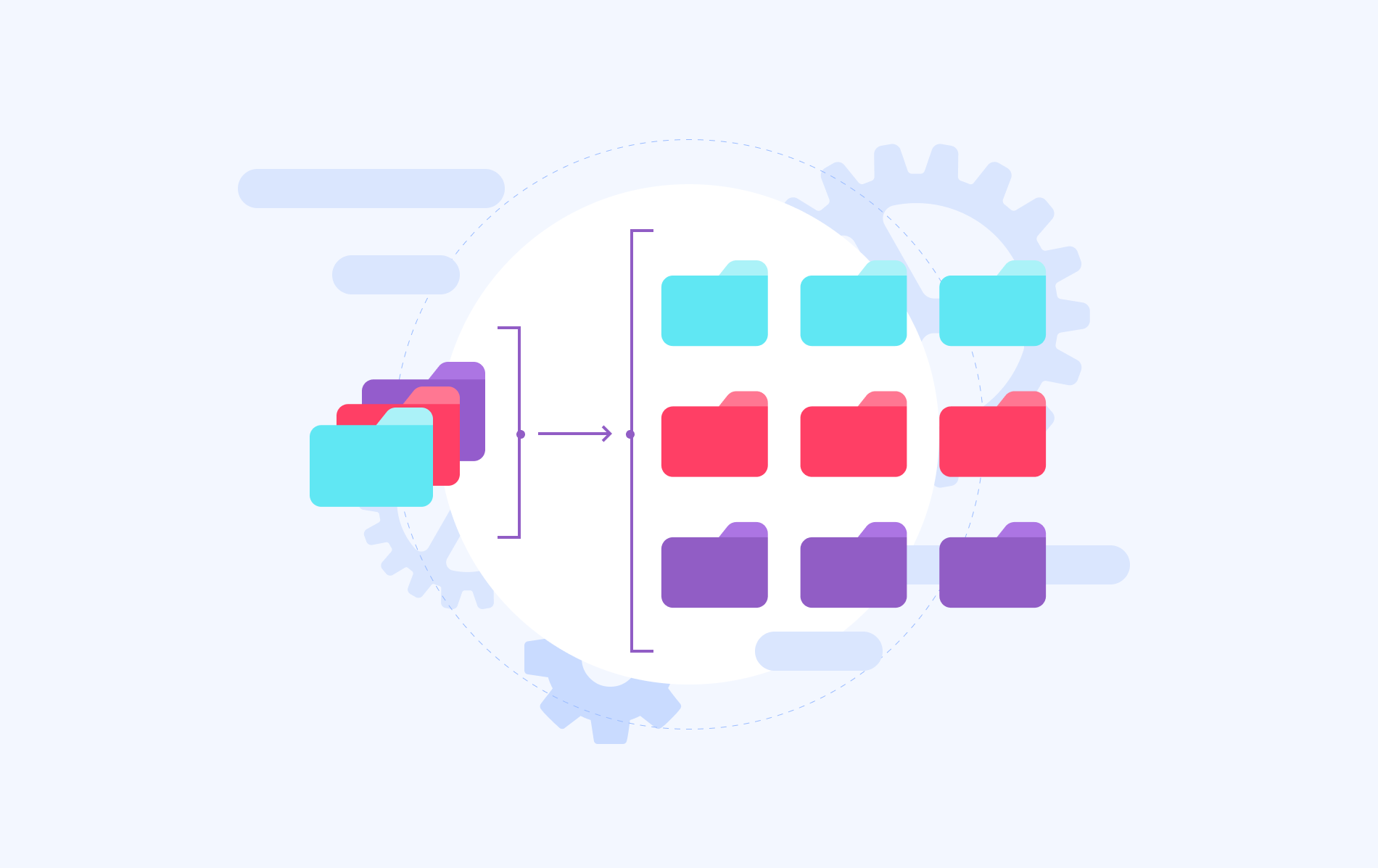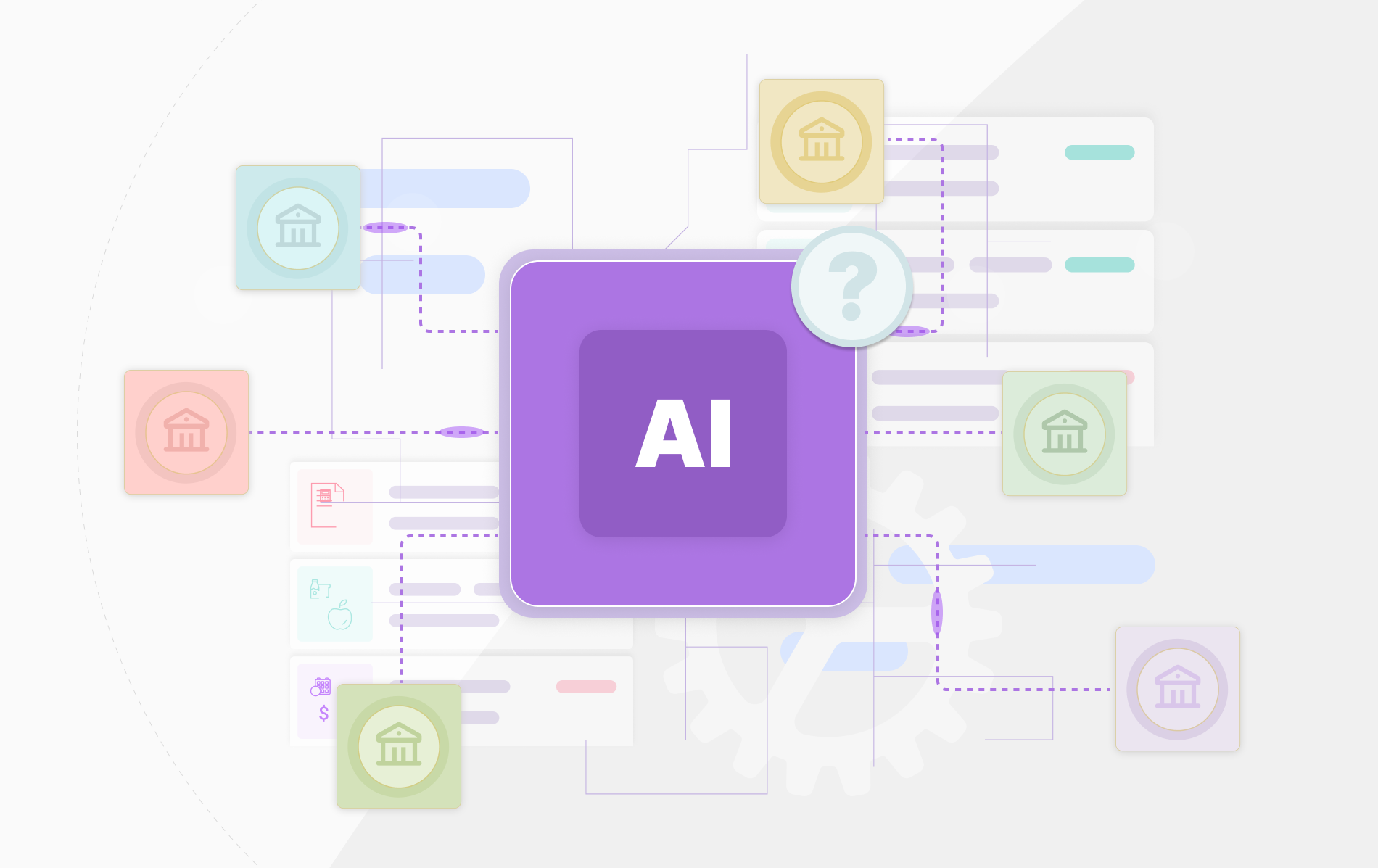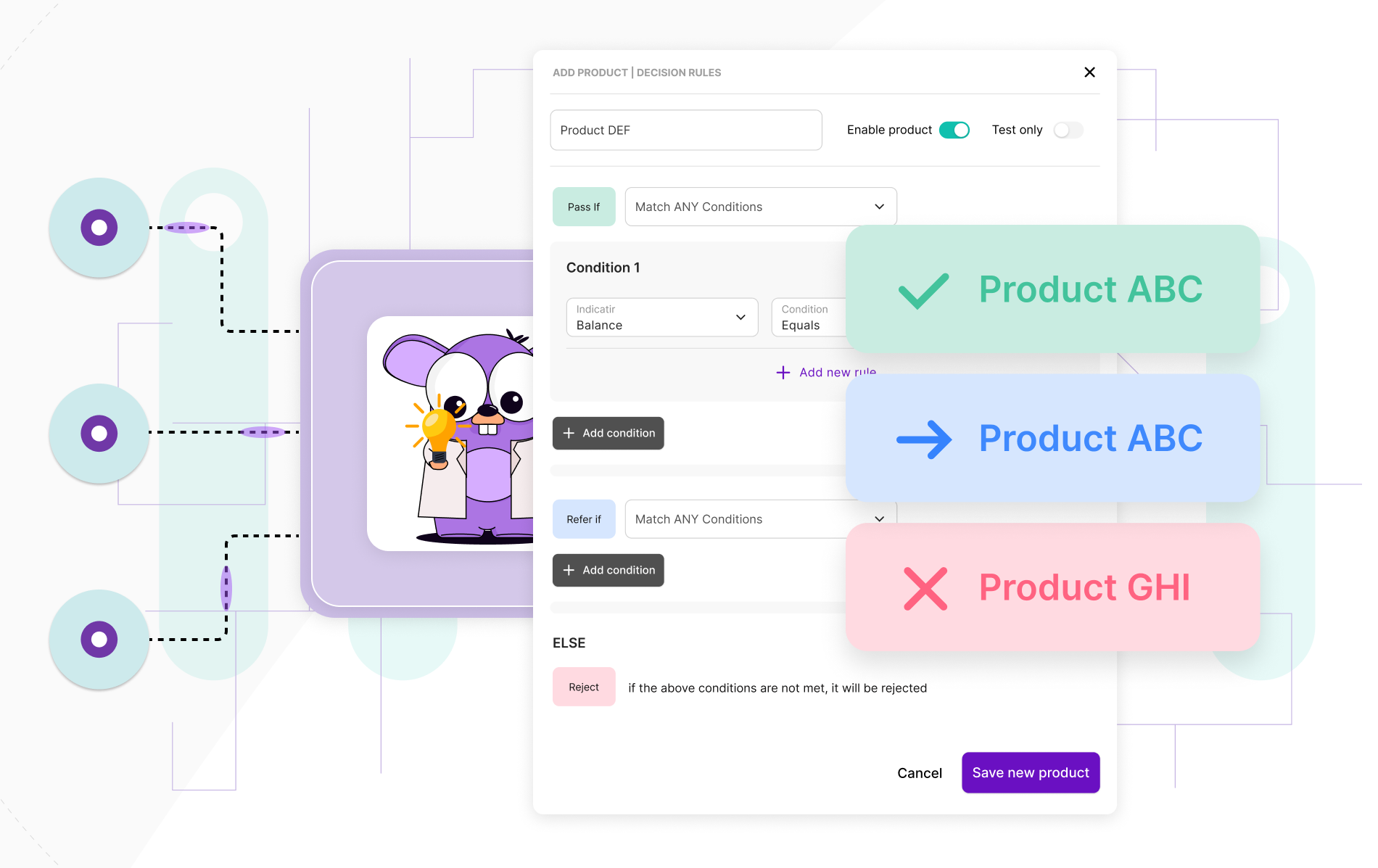One of the biggest challenges today’s companies face is how to effectively analyze and use massive amounts of data that they process in their systems. Producing real-time insights and actionable recommendations requires smart data management, especially when it comes to financial and transactional information. This is where a key part of banking comes into the picture – transaction categorization. It can work miracles for improved transaction enrichment.
What Are the Main Benefits of Transaction Categorization?
Transaction categorization is a pre-trained solution that processes particular account information and identifies the type and purpose of a transaction based on factors such as description, transaction amount, date, as well as contextual metadata. Simply speaking, transaction categorization is the process of assigning transactions to categories. Those may be the cost of goods sold, rent, utilities, payroll, etc. Transaction categorization engine is trained on millions of data points using advanced algorithms. It is improved all the time to recognize new payment types, merchants, and consumer trends. It can be used to process account information from multiple sources including open banking data, bank statements, as well as debit and credit card transactions.
Benefits of transaction categorization:
- It ensures that transaction data is organized, summarized, reported on, and analyzed much faster. Otherwise, it would be much more challenging to interpret and work with.
- When you have your expenses categorized properly, you can easily track category budgets which supports better budget planning and control.
- Reporting is simplified. Also, organized data enables easier account reconciliation and audit support.
- It supports organizations in identifying trends and opportunities for efficiency gains and cost reductions. At the same time, it is much easier to find anomalies and analyze areas with excessive spending.
How to Build a Successful Transaction Categorization Engine
In many cases, companies build their transaction categorization engines to improve how they process financial information and how it is displayed to their users. By categorizing transactions, they are able to help their customers with budgeting and offer proactive financial advice. The engine is widely used by banking and FinTech organizations that want to build engaging and automated financial services.
The process of creating a successful transaction categorization includes:
- Building the right training set for the algorithm. The main source of data is obviously a list of transaction descriptions that match the right categories. This data needs to be compiled manually and then, it’s loaded to the algorithm to replicate intelligence automatically.
- Setting proper categories. There are default categories, including a standard chart of accounts. When the categories are identified, it is crucial to understand how transactions can be grouped together and separated into unique categories.
Simply speaking, the entire process of building a transaction categorization engine means:
- Data treatment. This step includes gathering quality data and finding a core set of features from which Machine Learning models could be built. Before the data is classified, personal information should be removed from transactional data.
- Data classification. In most scenarios, manually classified data is far better at training Machine Learning models.
- Model training. This phase is an ongoing process that should never end. The models require constant optimization and re-training as new categories (and new merchants) can appear at any time.
A well-operating transaction categorization engine requires a big data set. The more data, the faster the algorithm learns, and the more accurate categorization is offered.
What Makes a Successful Transaction Categorization Engine?
Finally, what does an optimal transaction categorization engine actually mean? First, the solution should be fully scalable and flexible. New businesses are started every day so it’s crucial that the model continuously learns by adding new transaction labels and merchants. On top of that, the engine should be interoperable. It means that the engine should be able to understand transactions made by different types of customers and interpret transactions in various languages and currency codes. Another important factor is accuracy. When it comes to transaction categorization, the cost of mistakes is high, and a bad decision may result in a loss of funds.
How Can Planky Help?
Transaction categorization is a crucial part of the process for being able to make the most out of utilizing bank transactions. At Planky, we have years of experience working with digital banks and financial institutions. Every day, we build state-of-the-art solutions that improve customer experience and boost engagement. We provide security, flexibility, and accuracy so that you can move transaction management to the next level.
Do you want to turn your messy transaction data into enriched transactions with all relevant information?
Start a free trial



